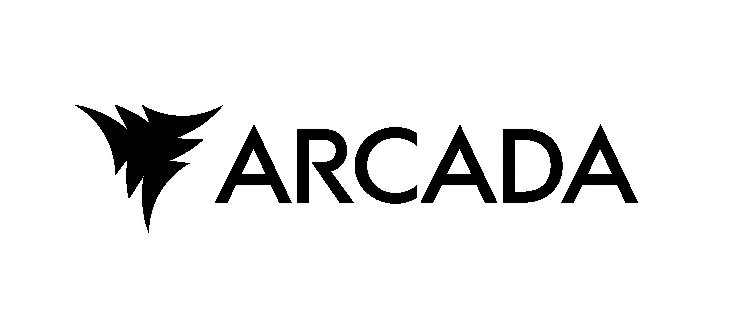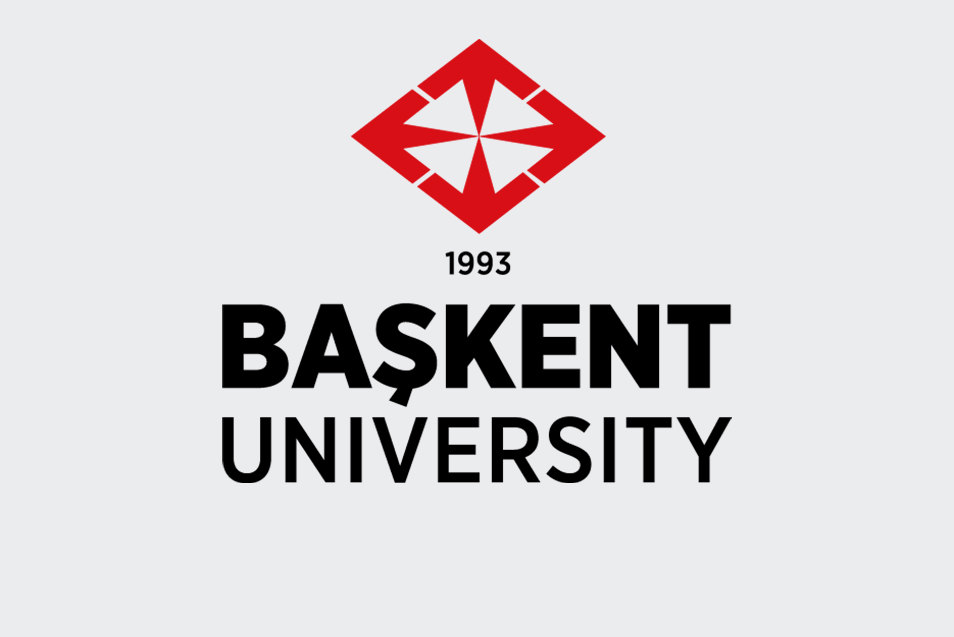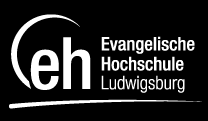This guide is based on the concept of student-centered learning. The student-centered learning approach stresses the importance of focusing on the learning process. The learning process is most efficient when learners can be active and experience meaningfulness in their studies (flow). To be successful in our ambitions to follow a student-centered approach, we must support students to be an integral part of the academic community. This can be done by first preparing the students for a learning session and thereby helping them to find the motivation to learn (start). Secondly supporting students´ independence in finding their own strategies and responsibility for learning (direction). Finally, we need to keep the students reflecting on their own learning (reflection).
Both the teacher’s and student’s role might change during the process. In the beginning, the focus is more on the design (learning goals and strategies), while it’s later more about applying the set strategies. Ideally, the students are active during the whole process and are more self-directed during the application process.
Figur 1:The theoretical framework of the student-centered and self-directed learning process
Start
Strengthening students’ agency and control over their own learning requires that teachers plan for self-directed learning.
The learning context including learning goals, suggested strategies, resources, support, workload, and activities need to be prepared, transparent, and visible to make self-directed learning happen. The earlier the student can be involved in this process, the smoother the self-directed learning will be. This preparation will support the student’s self-efficacy, a prerequisite for self-directed learning. Self-directed learning will then support the student as an active participant in his own learning.
Aim: Creating a learning context that will increase student’s motivation to engage in a learning process
How: By preparing and nurturing the learning environment (including learning goals, learning activities, and resources) and making it visible and relevant for the students.
Tips:
- Constructive alignment
- Students’ prior knowledge
- Using learning context
- Instructional design
- Active teaching-learning strategies
Direction
An introduction and counselling discussion with the students should include:
-
Define goals - The student will be supported in defining his or her own goals. These goals are based on the expressed learning outcomes for a learning session. It is also important that the student can relate the expected learning outcomes to his or her central needs or values.
-
Define learning path - the student will also be supported in defining the paths (i.e., procedures, strategies, resources) to reach these goals.
-
Define realistic level of performance - the student will be supported to consider if the achievement of these goals stands for a realistic level of aspiration for him or her. a realistic level of performanc the student will be supported to decide his or her level of performance that he or she would like to achieve according to the set level in the learning outcomes defined?
Aim: let the students understand and take control of their own learning process.
How: by letting them set their learning contexts like learning goals, their learning path, and strategies and how to reach them. This can also, with advantage, be a social process where students together with peers make decisions together (e.g., planning for PBL, group work, debates etc.).
Tips:
-
Good course overview
-
Clear structure and visible learning objectives
-
Prepared learning activities
-
Informative instruction
-
Social resources
Flow
Flow is about how students own and master their own learning process. It is about reaching set goals and strategies by engaging in different learning activities.
Aim: let the students be engaged in and take ownership over their own learning process.
How: by using and easing both individual and peer learning activities. By creating a community between student–teacher and student –student you also create social resources like instructor modeling, feedback (praise, reward), and opportunities for students to seek help and support when needed.
Tips:
-
Individual learning activities
-
Peer activities
-
Keeping up the flow
Reflection
This learning process will develop both students’ intended skills and their learning competence. The reflection part of this process is not only important for evaluating if students have reached their goals but also to give the opportunity to correct misunderstandings and further develop their skills.
Aim: make the students reflect on what they learnt and how they succeeded in reaching their set goals and strategies.
How: by discussing their set goals and strategies during the process and how it worked and by using various kinds of formative and summative assessments.
Tips:
-
Normative assessments
-
Summative assessment
-
Feedback (peer, teacher and student)
-
Reflecting on the process




